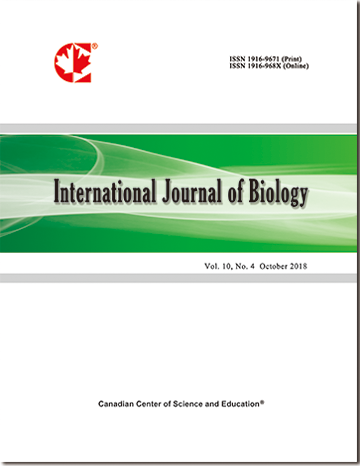Disinfection Efficiency of Three Anti-Fungal Agents (Nanosil, Chloramine-T and Hydrogen Peroxide) on Persian Sturgeon (Acipenser persicus, Borodin 1897) Larvae
- Azin Ghazvini
- Habib Rudsari
- Ghobad Takami
- Ali Masuleh
- Aref Ashourpour
Abstract
Due to the high mortality of eggs and larvae of Persian sturgeon caused by fungal infection, prevention could be a more effective tool for fish health management. In this respect, our study was conducted to compare the performance of the three types of antifungal agents (Nanosil, Chloramine-T and hydrogen peroxide) against fungal infection of Persian sturgeon larvae. For this purpose, five treatment groups with three repetitions including: T1: 80 mg/L Nanosil, T2: 40 mg/L Nanosil, T3: 40 mg/L hydrogen peroxide, T4: 15 mg/L Chloramine-T, T5: 20 mg/L Chloramine-T were designed. Also, an antifungal free group was considered as control. Antifungal treatments were conducted for a period of 18 days as 15min bath per day. According to our results, no significant differences were found in physico-chemical parameters of aquarium water (i.e. pH, dissolved oxygen concentration and temperature) before and after experiment. T1 (80 mg/L Nanosil) had better a effect on decreasing of fungal infection than the other treatments, followed by T3 (40 mg/L hydrogen peroxide).
- Full Text:
 PDF
PDF
- DOI:10.5539/ijb.v4n1p138
Index
- ACNP
- AGRICOLA
- BASE (Bielefeld Academic Search Engine)
- CAB Abstracts
- CiteFactor
- CNKI Scholar
- CrossRef
- DTU Library
- Elektronische Zeitschriftenbibliothek (EZB)
- Excellence in Research for Australia (ERA)
- Google Scholar
- Infotrieve
- LIVIVO (ZB MED)
- LOCKSS
- Max Planck Institutes
- MIAR
- PKP Open Archives Harvester
- Qualis/CAPES
- ResearchGate
- ROAD
- SafetyLit
- SHERPA/RoMEO
- Technische Informationsbibliothek (TIB)
- Universe Digital Library
- WorldCat
Contact
- Ryan JonesEditorial Assistant
- ijb@ccsenet.org
